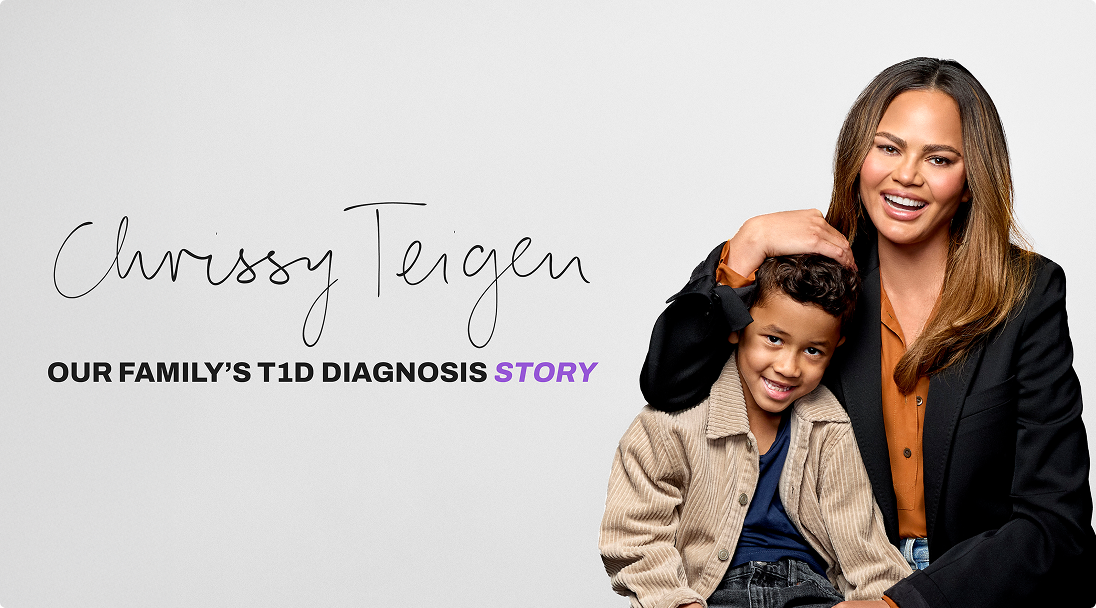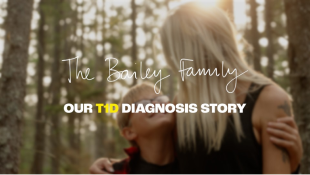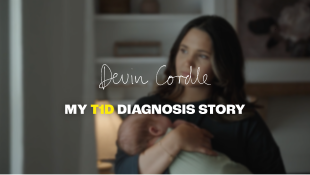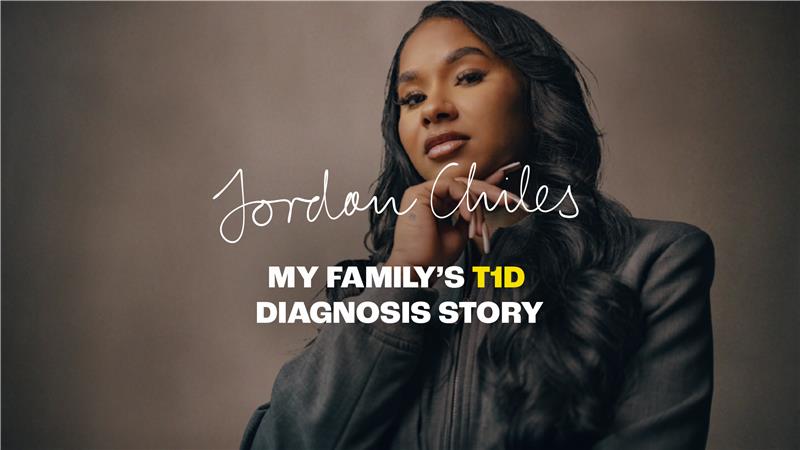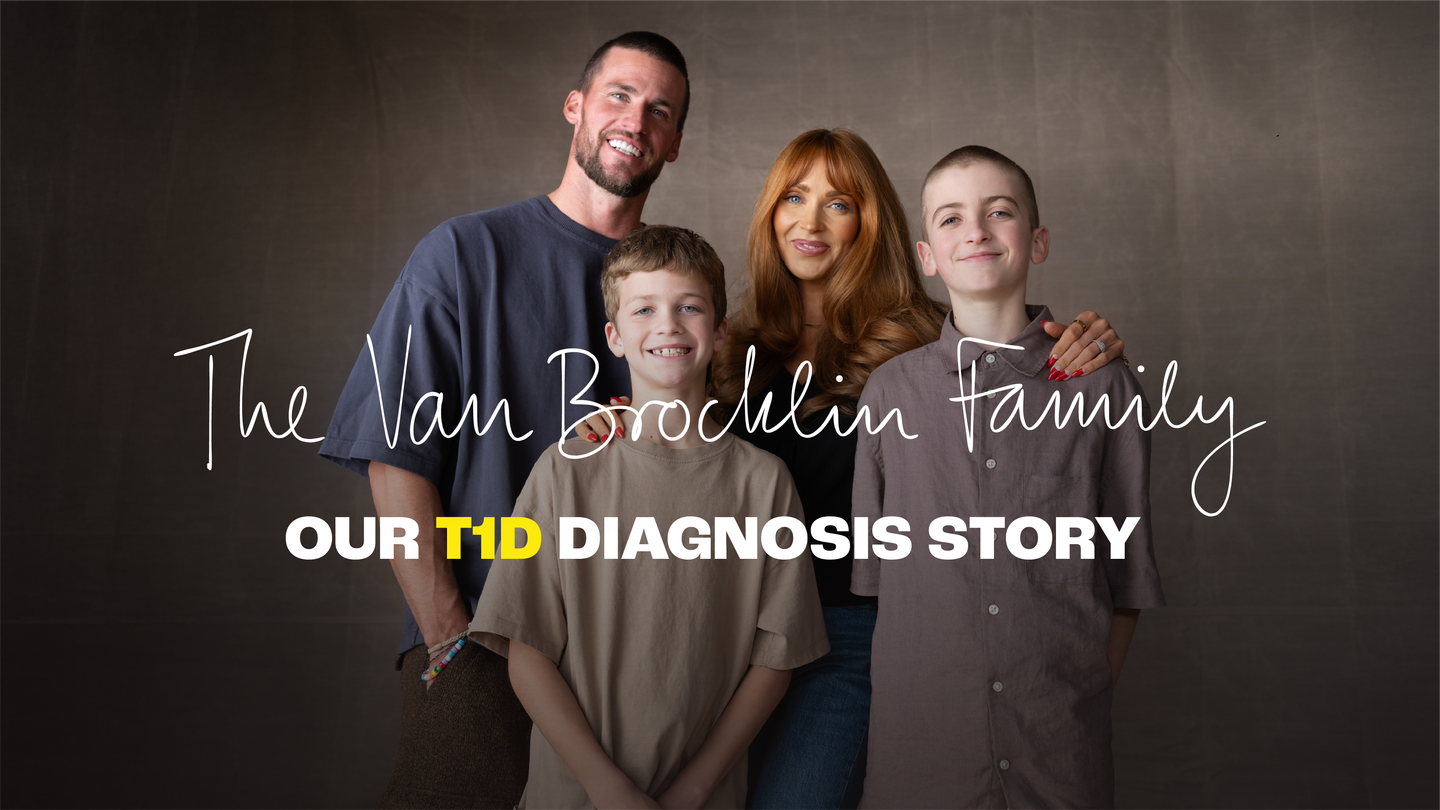Why should you screen?
Type 1 diabetes (T1D) can be spotted with screening before symptoms are noticeable. As many as 40% of people have no idea they have T1D until they experience a life-threatening event that requires hospitalization. So don't wait. Screening could help you or a loved one.

Know the options
Advancements in treatment and management of autoimmune type 1 diabetes may offer ways to help. Talk to your or your loved one’s doctor about what could come next. You or your loved one may be able to participate in a clinical trial or explore available treatment options.
Learn the symptoms
By knowing if you or your loved one is in the early stages of autoimmune type 1 diabetes, you can be better prepared to recognize symptoms when they appear. This can help you understand what's ahead and lower the risk of potentially life-threatening complications like diabetic ketoacidosis (DKA) with a doctor's help.
Prepare for what’s ahead
Knowing if you or your loved one has early-stage type 1 diabetes can give you time to plan ahead. Living with type 1 diabetes means taking on new responsibilities, and there is a learning curve that comes with managing it. Getting ahead of insulin dependence can help you:
- develop the skills needed to manage type 1 diabetes
- keep up with treatment and management options your doctor can offer
- find the right care team and T1D support community to help
What real people with T1D wish you knew about screening
Each year, around 64,000 Americans are diagnosed with type 1 diabetes (T1D). Although T1D is not preventable, findings from surveys conducted by Beyond Type 1 and commissioned by Sanofi show that knowing sooner about the risk of developing diabetes can have a big impact.
To help understand whether knowing sooner about the risk of developing T1D could have a positive impact on a person’s overall well-being, a survey of 2,000 adults and caregivers of children with T1D was conducted.
Who was surveyed?
- 1,000 adults living with type 1 diabetes
- 1,000 caregivers of children with type 1 diabetes
Adults with type 1 diabetes (T1D) and caregivers regret not learning sooner about the risk of developing T1D

68% of adults with T1D
who did not screen say they regret not taking an autoantibody test to better understand their risk of developing T1D.

93% of caregivers
say they wish they had learned about their loved one's risk of developing T1D prior to their diagnosis.
“Not knowing” can have major financial, emotional and social burdens

50% of adults with T1D
spent at least $5,000 on emergency care for their T1D symptoms before or during their diagnosis, with nearly 1 in 4 (24%) spending at least $10,000.

64% of adults with T1D
say their emotional health declined when they first received their diagnosis; 61% said knowing about their risk sooner would have helped with these feelings.

71% of adults with T1D
made changes to some of their interests or plans after receiving their diagnosis. 37% of this group say they would not have done so if they had known sooner about their risk of developing T1D.
Adults with type 1 diabetes (T1D) and caregivers regret not learning sooner about the risk of developing T1D

79% of adults with T1D and 83% of caregivers
changed how they lived their life when they received their diagnosis.
Had they screened and known sooner about their T1D diagnosis, adults with T1D say they may have:

Screening is uncommon, due largely to a lack of awareness and perceived barriers

Only 14% of adults with T1D
say they were screened with an autoantibody test prior to their diagnosis to see if they were at risk of developing the disease.

Among those who did not screen,
72% of adults with T1D and 66% of caregivers
say they were unaware that a T1D autoantibody test was even available.
Only 5% of adults with T1D were aware that the autoantibody test was available but chose not to take it.
Nearly all adults with T1D and caregivers recommend early screening for type 1 diabetes

92% of adults with T1D
say they would recommend friends and family members get an early autoantibody test for T1D to understand their risk of developing the disease.

This jumps to
